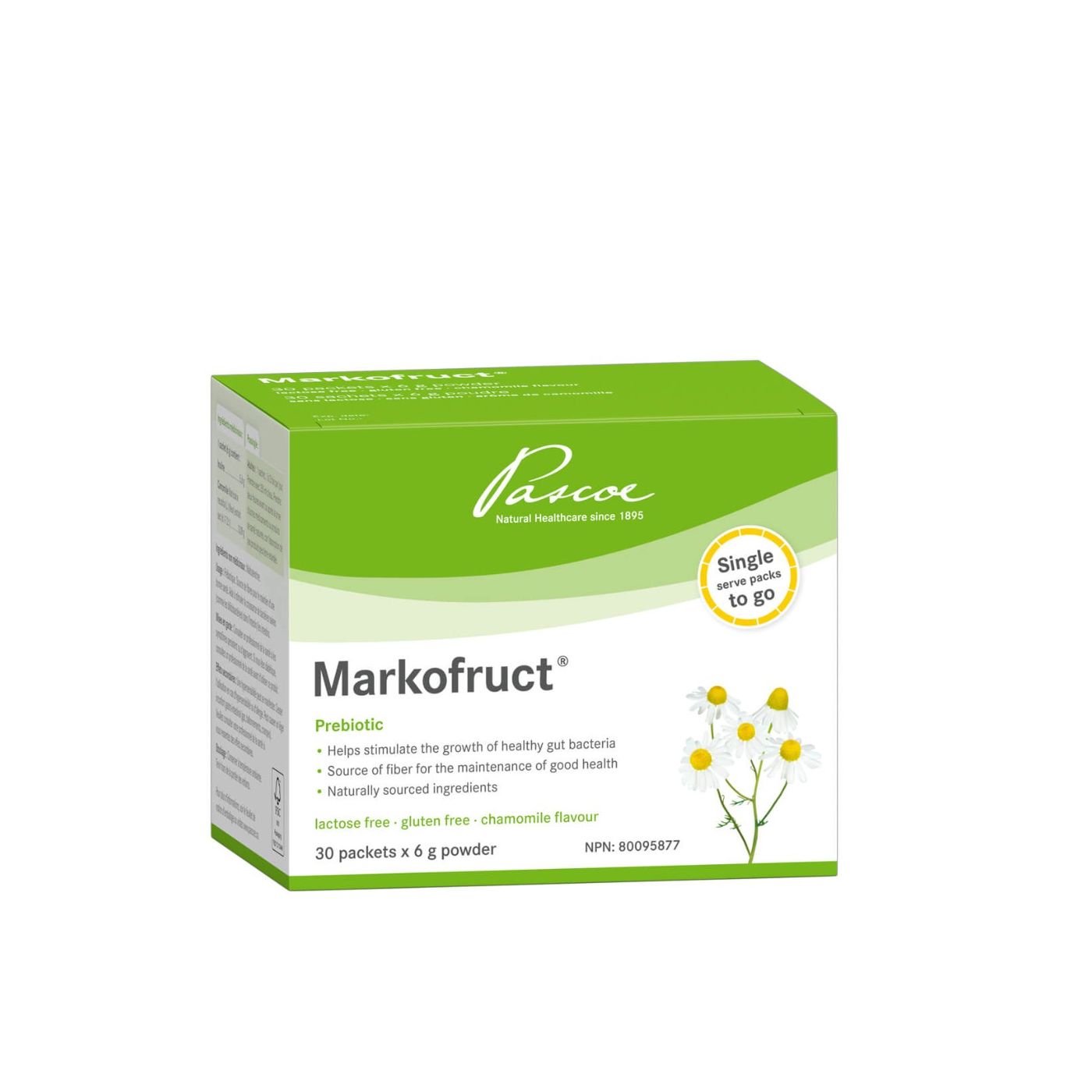Thyme


Chicory Root
Common chicory (Cichorium intybus) can often be found along roadsides or railroads. However, the blue flowering plant has been used for centuries in cooking and traditional medicine.
For at least 5,000 years, it has been grown for its leaves, buds and roots. Chicory root benefits have already been known in ancient Egypt. Back then, people used root extracts as a diuretic and laxative, for liver and heart health, and to treat fevers.
Chicory leaves can be eaten like celery. Chicory coffee is a caffeine-free coffee substitute made from roasted roots. It became popular during a massive coffee shortage in the 1800s.
Chicory roots are a rich source of inulin, a type of soluble fiber. The chicory root fiber is very healthy. The main reason for this is that inulin is a prebiotic. This means it feeds the good bacteria in our gut.
These beneficial bacteria are tied to better digestive health, immunity, and mood. Since inulin powder is high in fiber, it also improves bowel movements. Moreover, it can help lower blood sugar levels and inflammation.
Chicory root inulin benefits a good overall health by supporting a healthy digestive system.
Origin and types
Common chicory belongs to the dandelion family (Asteraceae). This hardy herb is native to Eurasia. However, settlers brought it to North America as a medicinal herb.
Cichorium intybusor common chicory has many names such as blue sailors, ragged sailors, coffeeweed, Italian dandelion, succory, and wild endive.
The name ‘chicory’ is also sometimes used for another related species, Cichorium endivia or curly endive. These closely related plants are often confused.
Common chicory is one of the three main sources of inulin. The dietary fiber is also extracted from Jerusalem Artichokes and Blue Agave.
Scientists compared chicory root inulin vs agave inulin. They found that both stimulated the growth of beneficial bacteria to a similar extent.
What does the plant look like?
Chicory is a perennial plant that can grow to 180 cm tall. It looks a bit like a dandelion with its deep taproot and toothed basal leaves. But unlike dandelions, it has many stiff and branching stalks.
Small leaves are alternately spaced on each stem. The chicory plant flowers from July until October. Its flowers are usually light blue, but sometimes pink or white. They grow in clusters of two or three and only bloom for a day.
Inulin is found in chicory’s long tap root. It is a type of fiber and functions as a storage carbohydrate in the plant. Chicory inulin is extracted from the dried roots.
People sometimes wonder if chicory root fiber is soluble or insoluble. Even though it is a soluble fiber, inulin passes through our body undigested. This makes it important as a prebiotic supplement and dietary fiber.


Where does the name come from?
It is thought that the name Cichorium is the Latinized version of an old Arabic name for chicory. The Greek version of it is ‘kichore’.
The species name intybus might be derived from ‘intubus’, the Latin name for wild chicory. This may come from the Egyptian word ‘tybi’, meaning January. January was the month the Egyptians would harvest the plant.
Chicory as a medicinal plant
It is long-since known that chicory root fiber can offer many health benefits.
Research has shown that chicory root can help relieve constipation, a quite common health issue. A daily dose of 12 grams of inulin from chicory was effective in healthy volunteers with chronic constipation. The fiber notably improved their bowel function.
Inulin is also a nutrient for the healthy bacteria in the gut. The prebiotic stimulates the growth of gut bacteria such as bifidobacteria and lactic acid bacteria.
These good gut bacteria are involved in reducing inflammation. They also help fight harmful bacteria and improve calcium absorption. Research has shown that gut health is linked to our immune system and overall well-being.
Moreover, some research results suggest that chicory root might improve levels of blood sugar and insulin. This means that chicory root may benefit people with diabetes or risk of diabetes.
Some studies with inulin indicate that the chicory root fiber might also affect appetite and calorie intake. Oligofructose, a subgroup of inulin, apparently helped to lower the level of the ‘hunger hormone’ ghrelin. This led to a decreased food and energy intake.
The use of chicory root as a prebiotic is gaining popularity but also its use in functional food. In addition to being fiber-rich, chicory root contains several types of antioxidants, minerals, and vitamins.
Medicinal Properties of Chicory Root
- Contains prebiotic dietary fibers
How or what it is used for
Use of chicory root
- Caffeine-free chicory coffee
- Source of various vitamins and minerals such as beta-carotene, vitamin B6, vitamin C, manganese, and selenium
- Mild laxative effect
- Stimulates production of bile from the gallbladder
- Topical use for swelling, inflammation, and osteoarthritis
- Contains inulin and oligofructose
Use of chicory root inulin
- Prebiotic
- Dietary fiber
- Sweetener
- Sugar or fat replacement in functional foods
How does it work?
Chicory roots contain the plant storage carbohydrates inulin and its subgroup oligofructose. Both are prebiotic dietary fibers. This means they are non-digestible and travel intact to the large intestine.
In the colon, they are fermented by the intestinal microflora. This helps the beneficial bacteria, such as Bifidobacteria, to grow. These helpful gut bacteria belong to a group of bacteria called probiotics. In short, prebiotics are a food source for probiotics.
At the same time, the growth of potential harmful bacteria is hampered. The composition of the gut microflora is altered towards the good bacteria and an optimal gut health.
Chicory root fiber also provides support in relieving constipation. It increases stool volume due to its bulking effect.


What makes Chicory Root different?
Chicory root has been used for centuries as food and medicine. It is gluten-free, and its prebiotic fibers have a lot of health benefits. Chicory root fibers not only improve digestive health but also increase daily fiber intake.
Cautions and side effects
Inulin is generally considered safe for most people.
Chicory root fiber side effects are rare when consumed in food amounts. High doses may cause mild gastrointestinal issues including gas, bloating, and cramps.
However, chicory may cause an allergic reaction in people who are sensitive to the dandelion family. This includes ragweed, chrysanthemums, marigolds, daisies, and many others.
If you have allergies, be sure to check with your healthcare provider before taking chicory.
In the case of diabetes, consult a healthcare practitioner prior to using products providing 5 g inulin per dose or more.
Remember to always tell your doctor about all medications you use, including supplements and herbs.
Pascoe products that contain Chicory Root:
Disclaimer
Pascoe Canada does not offer health or medical advice as we are not a healthcare practitioner. Please speak with your healthcare practitioner before beginning any program related to nutrition, diet, exercise, fitness, medical, and/or wellness. All content published by Pascoe Canada is developed through collaborating with licensed medical professionals and contributors. This includes text, graphics, images, and other material on the website, newsletter, and products (“Content”). This content is for informational purposes only and does not constitute medical advice. The content does not substitute professional medical advice, diagnosis, or treatment. Please always do your own research on whether this is for you along with your healthcare practitioner advice. Always consult your healthcare practitioner prior to use specific herbs because you might have underlined conditions needs professional care. The content is general in nature and are subject to change. It is not intended to cover all possible uses, directions, precautions, warnings, drug interactions, allergic reactions, or adverse effects.


